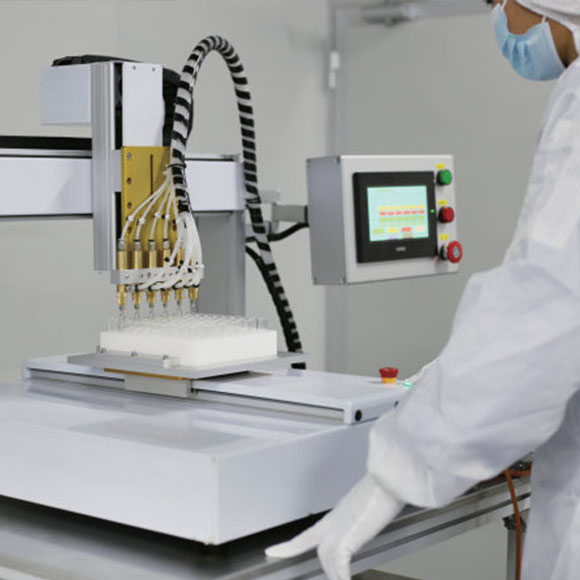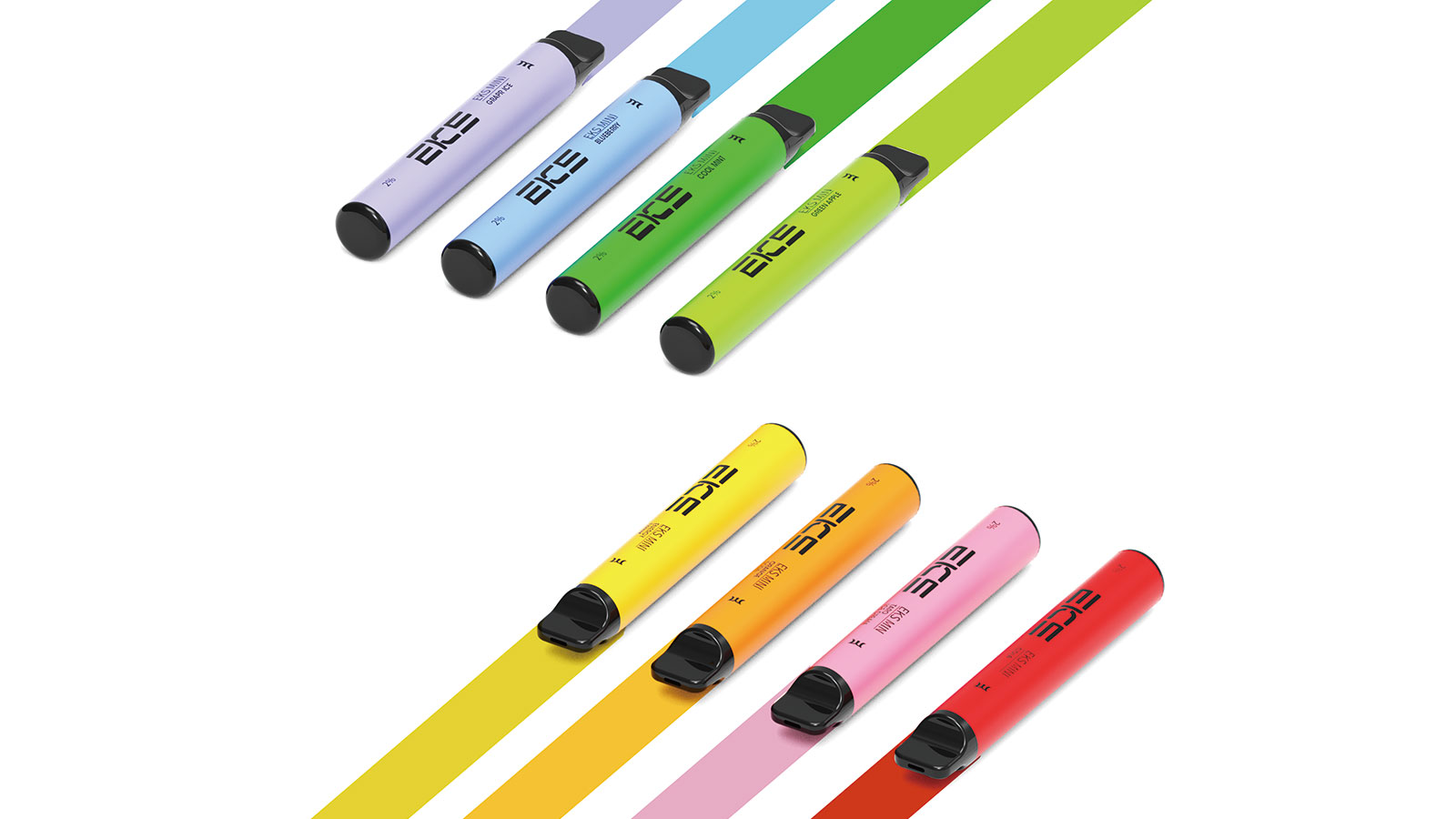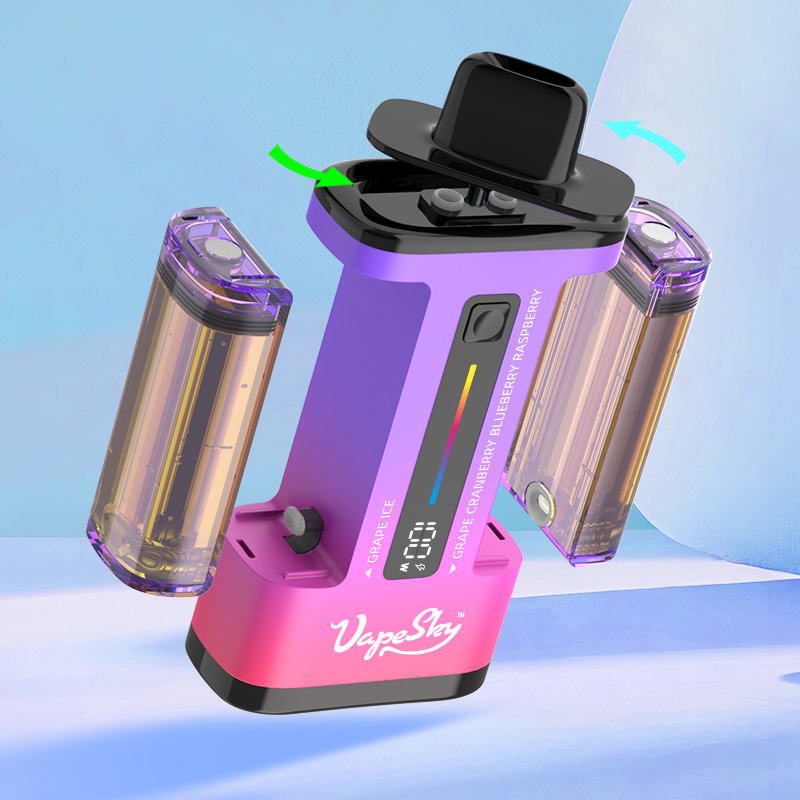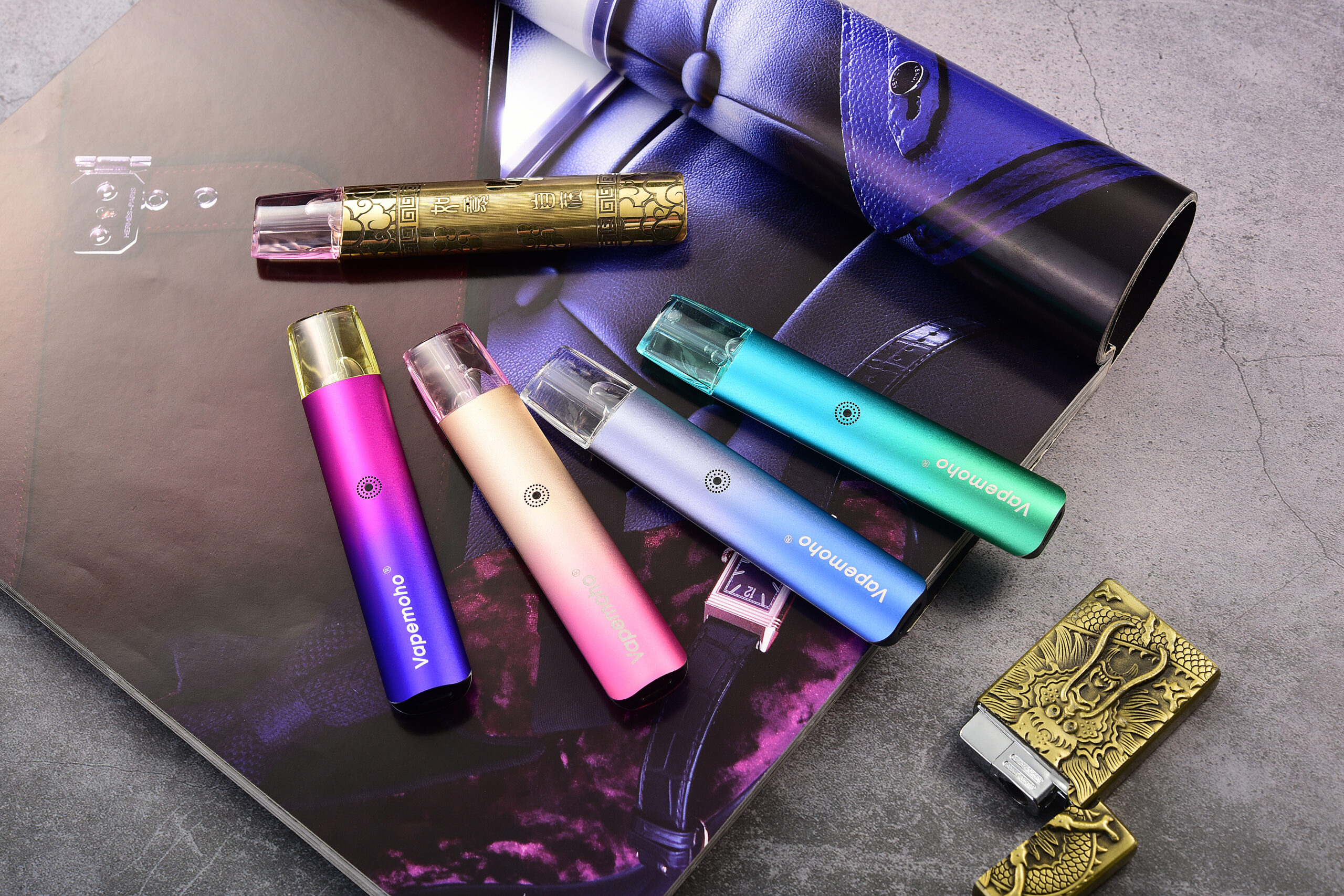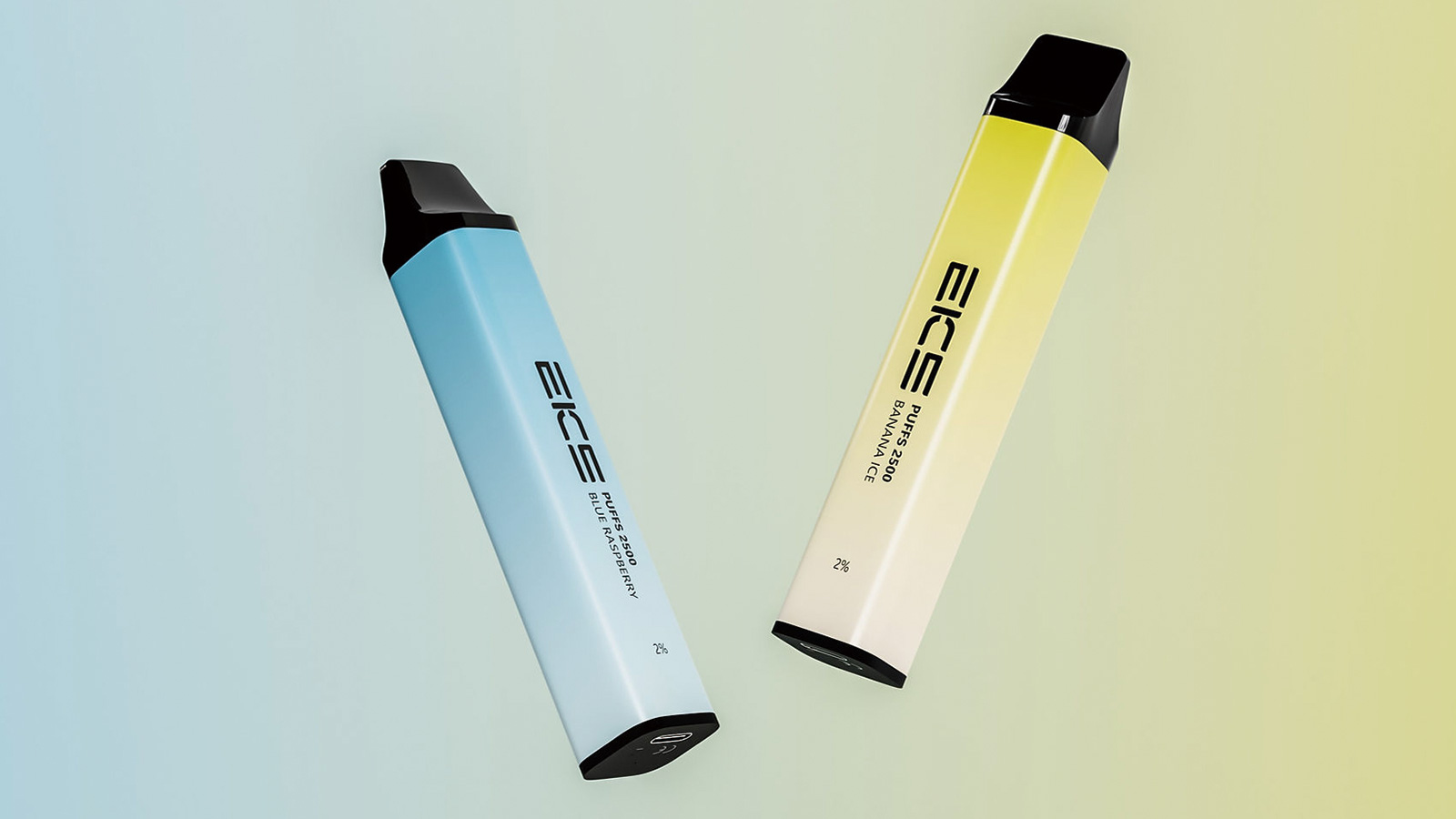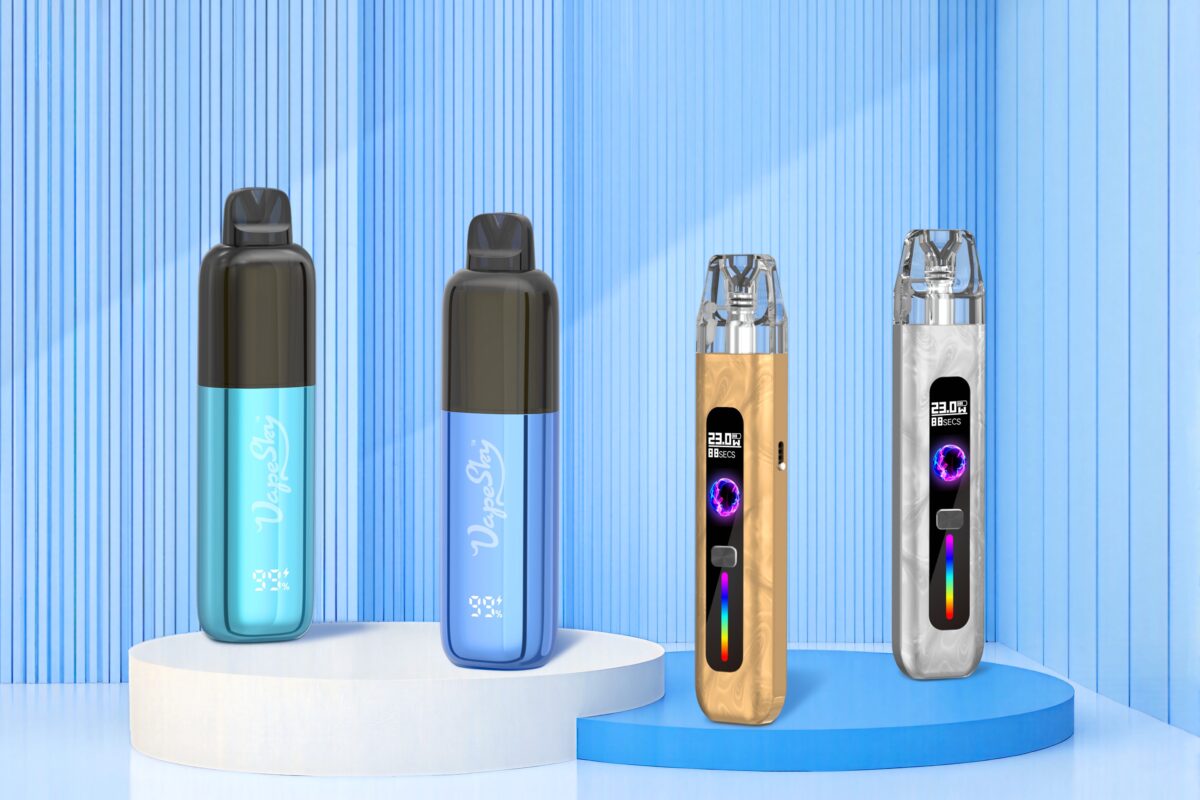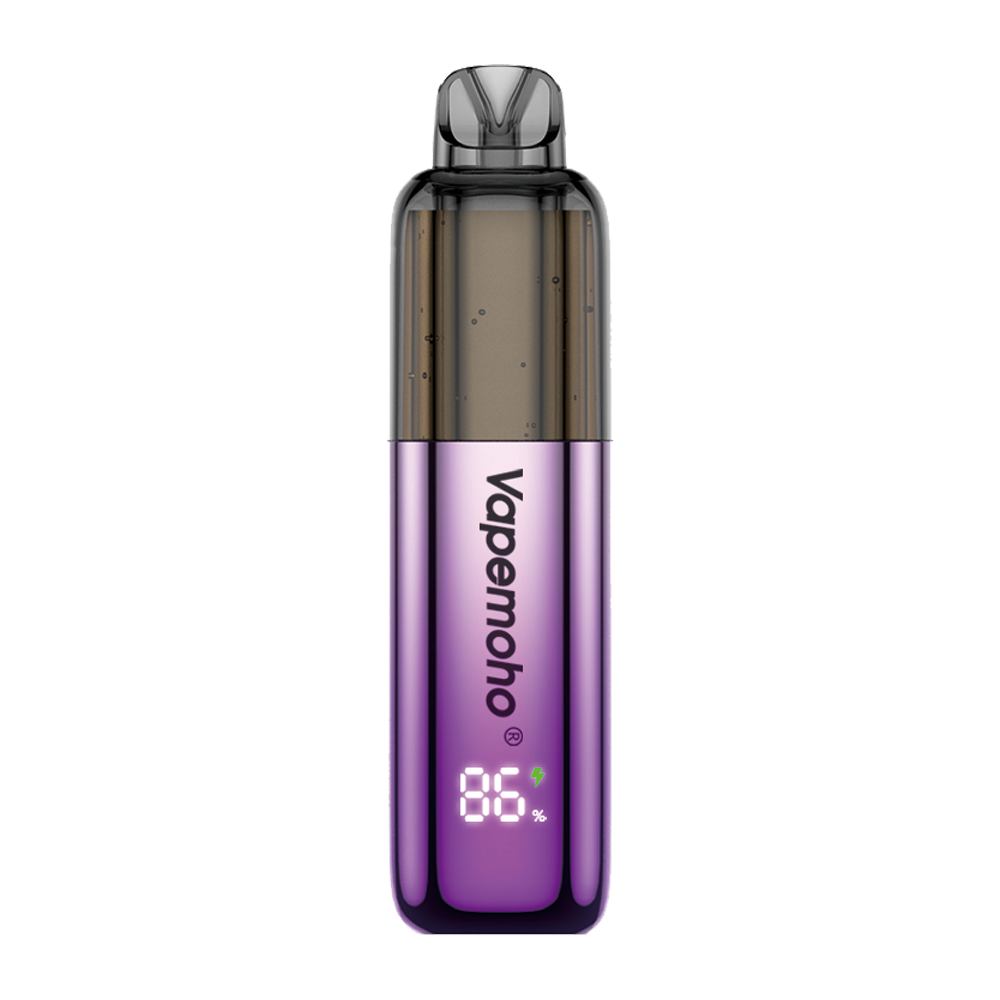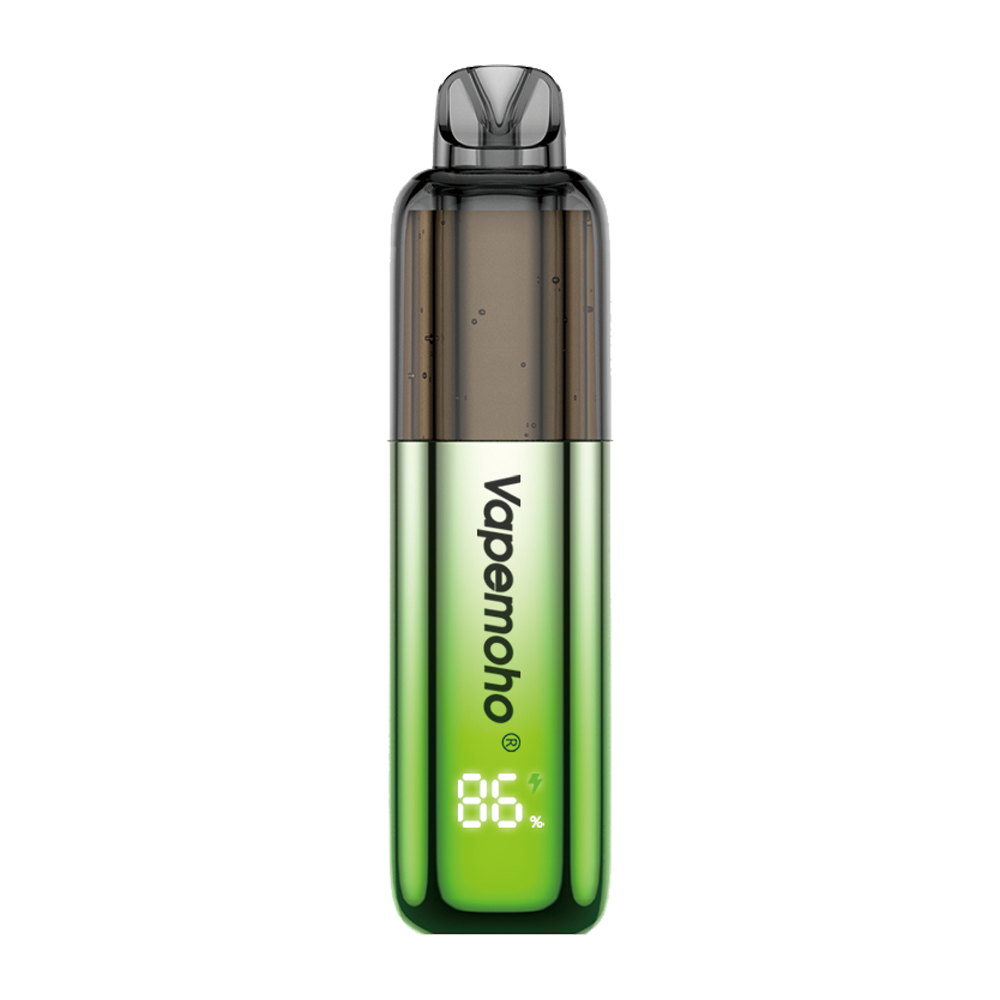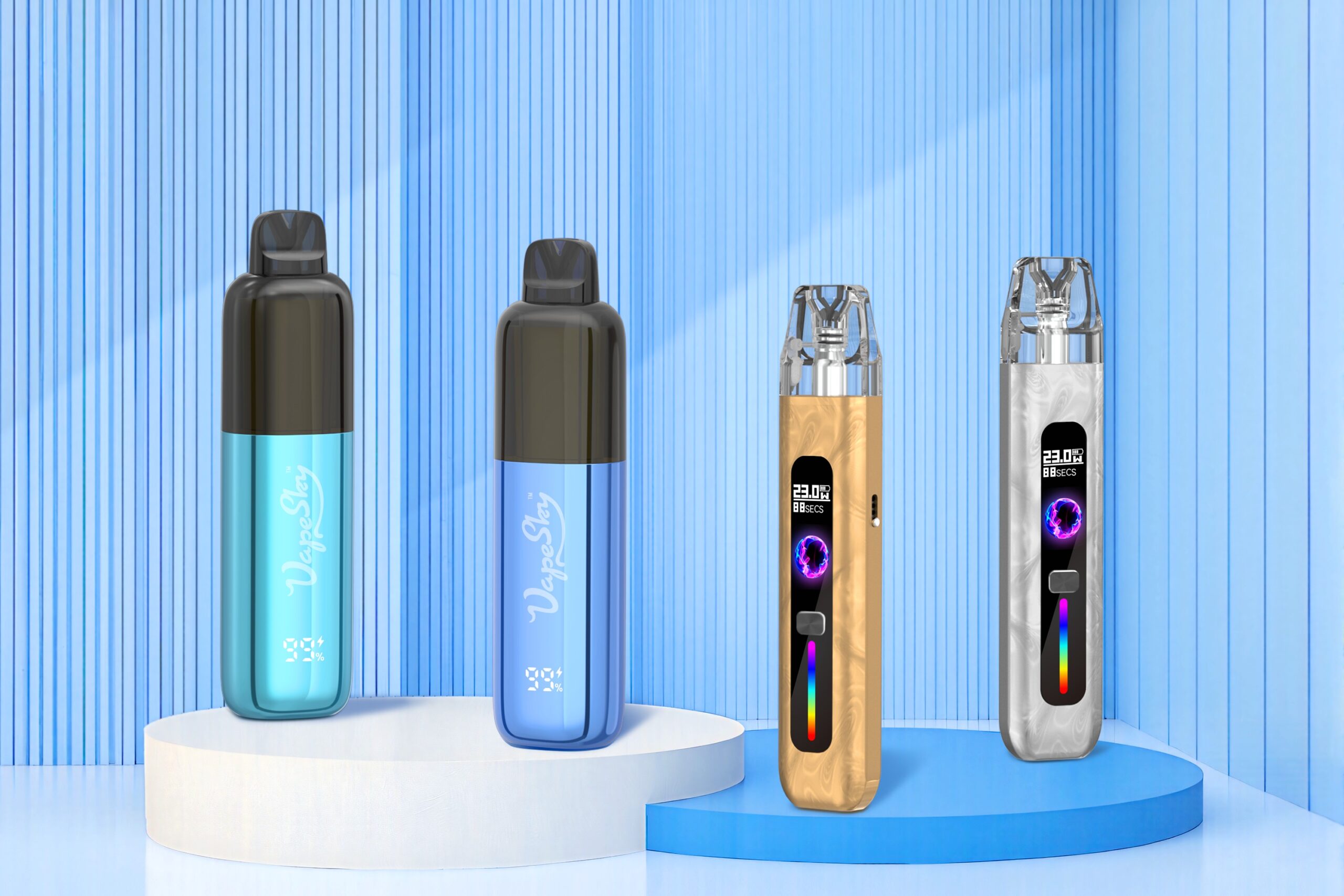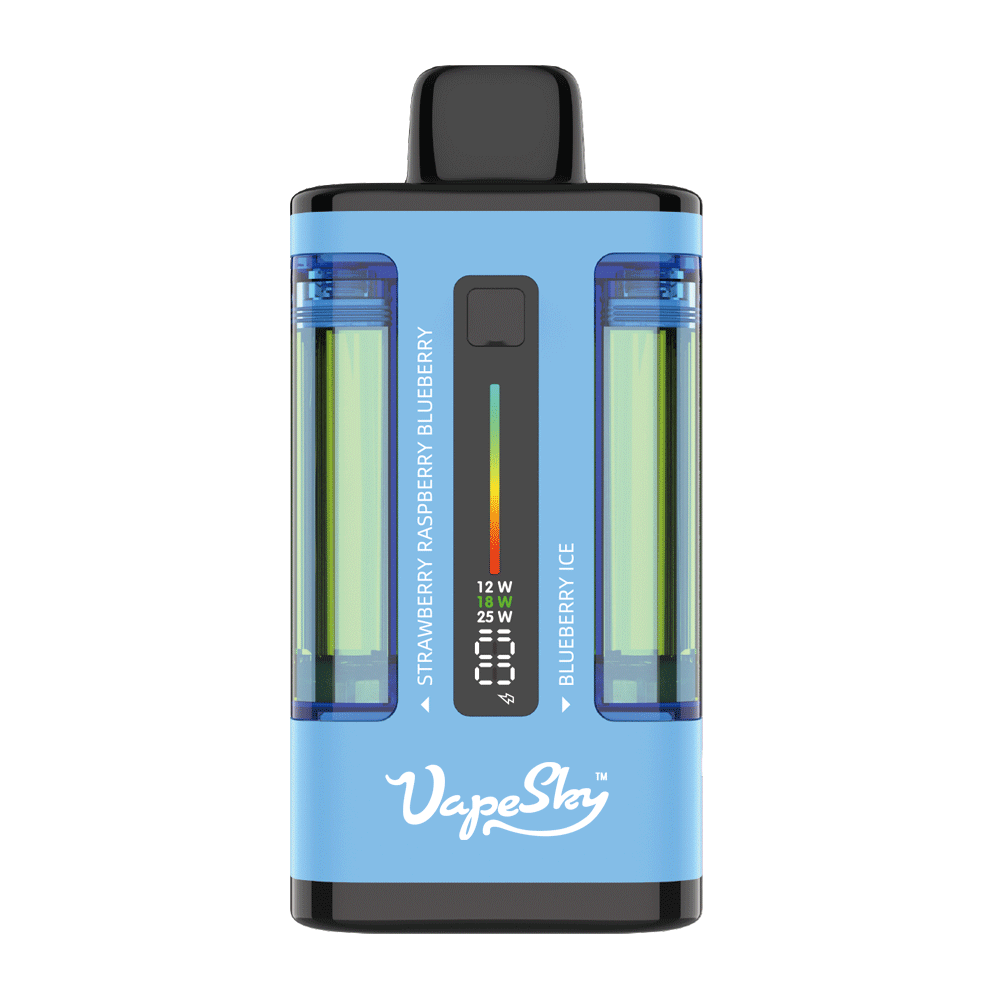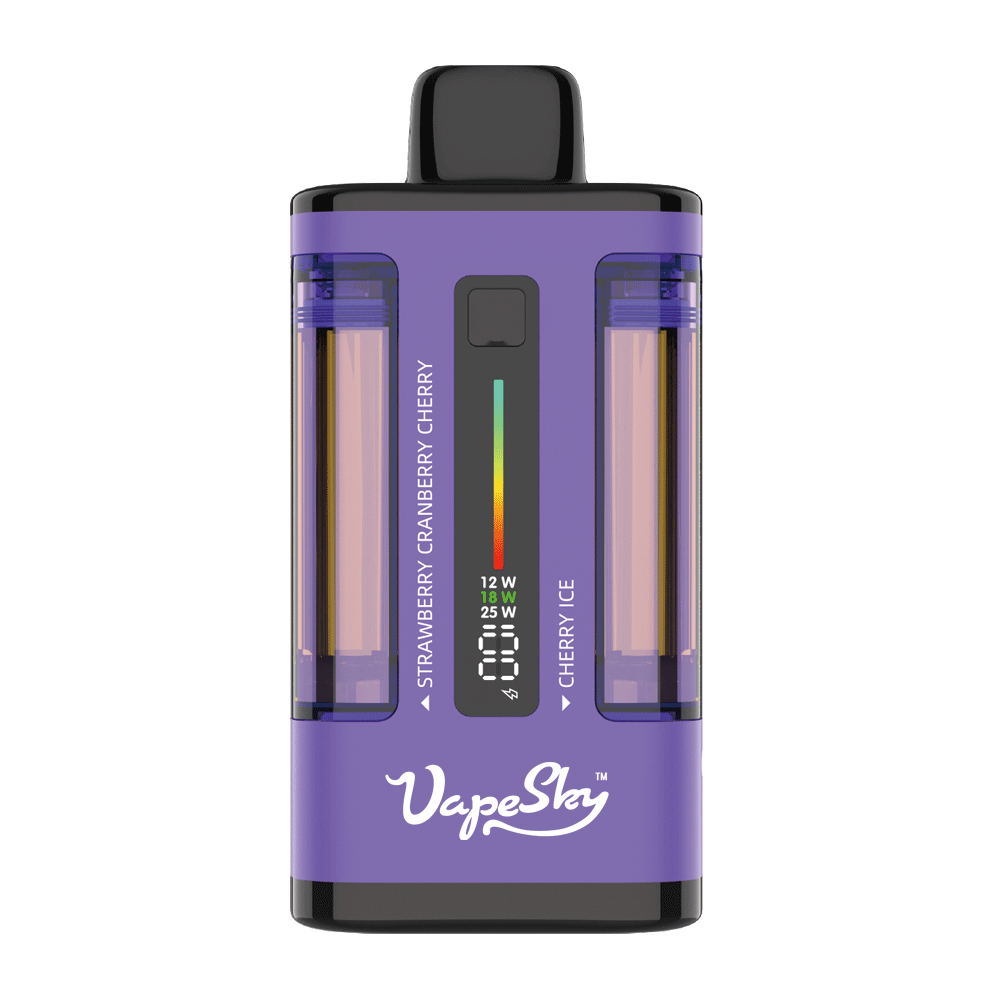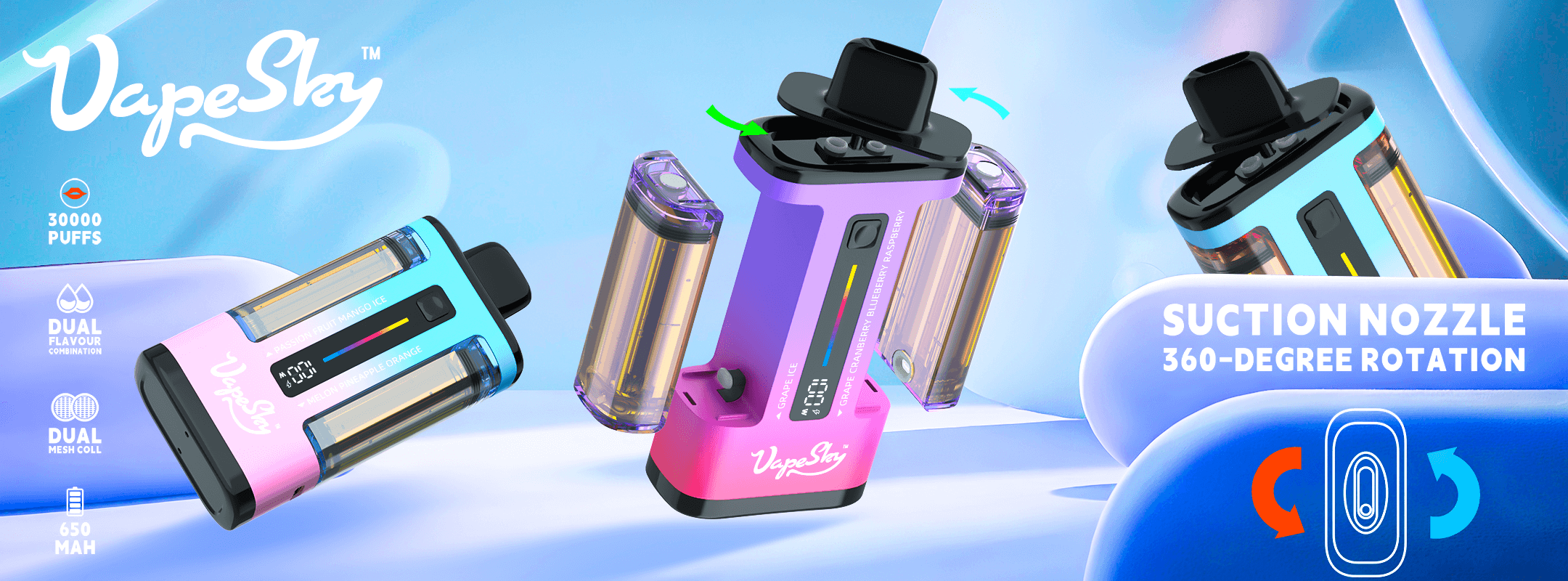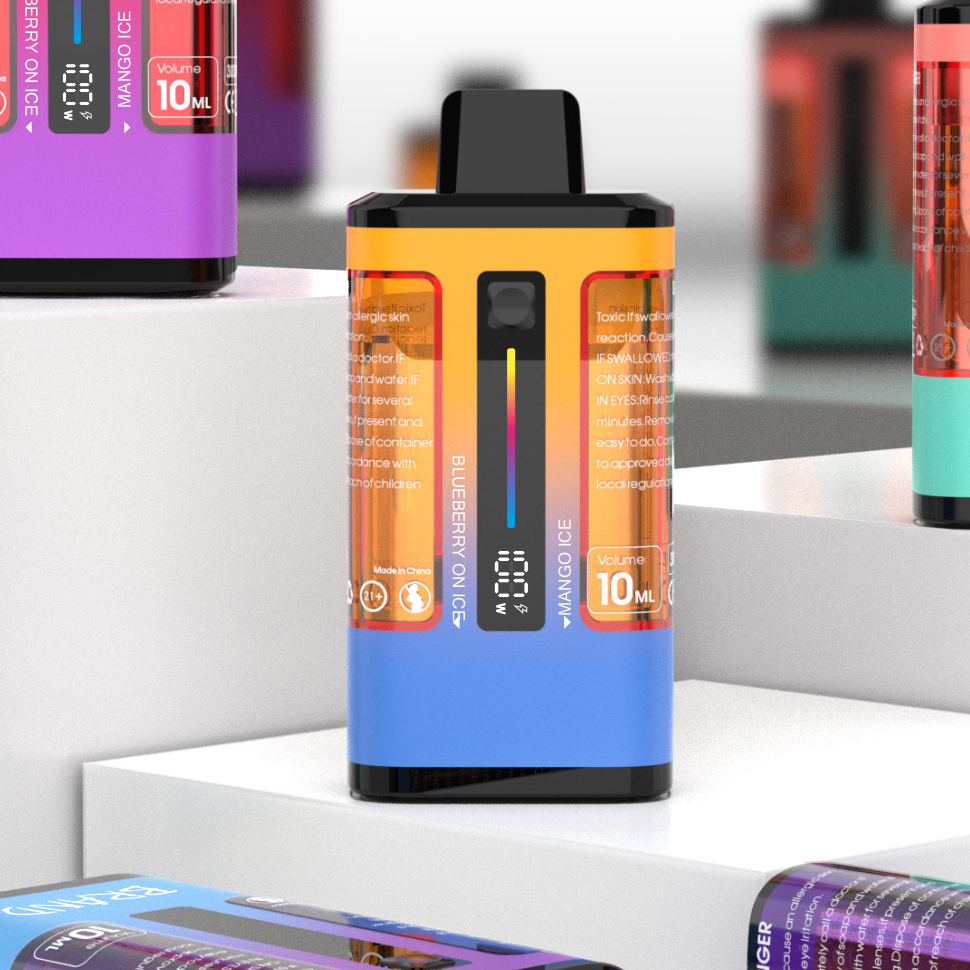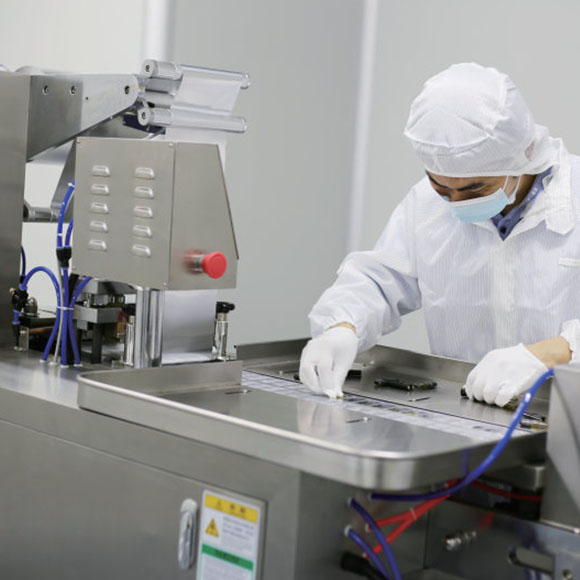In the fast-paced electronic cigarette industry, E-Cigarette OEM has become a core solution for brands. It helps them cut costs, skip R&D barriers, and launch products quickly. The entire process needs close coordination between clients and factories. Below is a detailed breakdown—from initial communication to final delivery.
Step 1: Initial Inquiry & Requirement Confirmation
Initially, the process starts when the client sends an inquiry. This inquiry lays the groundwork for successful E-Cigarette OEM cooperation.
To let the OEM factory assess feasibility and quote accurately, clients must provide clear, specific requirements. These include product specs (e.g., pod system, battery capacity), customization needs (logo placement, colors), and order scale (trial 500–2,000 units, bulk estimates).
The factory responds within 1–3 working days. It provides a detailed quote (material, labor, customization costs), a preliminary timeline, and clarifies unclear requirements.
Step 2: Sample Development & Approval
Once the client confirms the quote and basic terms, the process moves to sample development. This step is critical for E-Cigarette OEM projects—it checks if the product matches expectations.
First, engineers design a 3D model or prototype, focusing on structural safety (e.g., leak-proof design) and user experience (e.g., mouthpiece comfort).
Then, the factory produces 5–20 samples with mass-production materials. For brands prioritizing aesthetics, samples often match the style of modern-design vape products.
Finally, the client tests samples (performance, appearance, compliance) and approves them formally (in writing/email).
Sample Development Workshop: Engineers test prototypes for OEM projects.
Step 3: Contract Signing & Deposit Payment
After sample approval, both parties sign a legally binding contract outlining E-Cigarette OEM terms clearly.
The contract includes product details (approved specs, ISO 9001 standards), commercial terms (30% deposit upfront, 70% before shipment), and liability clauses (delay penalties, refunds for defects).
Once signed, the client pays the 30% deposit—funds the factory uses to buy materials and reserve production capacity.
Step 4: Mass Production
This phase turns the approved sample into large-scale production (15–30 days, based on quantity) and is a core step in E-Cigarette OEM.
First, the factory sources certified materials (high-quality batteries, food-grade e-liquid) and inspects them to avoid substandard items.
Workers calibrate equipment (injection molding machines, assembly lines) to match sample specs.
Inspectors check products at every stage (e.g., e-liquid filling accuracy ±0.1ml) to prevent defects.
Automated Production Line: Ensures efficient manufacturing for OEM orders.
Step 5: Final Quality Audit & Packaging
Before shipping, the factory does a 100% final quality audit (FQA) to verify products meet standards.
Inspectors test performance (puff count, battery life), appearance (no scratches, aligned logos), and compliance (nicotine content reports).
For products competing with modern-design options, appearance checks are critical—visual quality affects consumer choices.
After FQA, products are packaged as requested (blister packs, branded cartons) with protective materials (bubble wrap).
Step 6: Shipping & Balance Payment
The factory coordinates with logistics (DHL for small batches, sea freight for bulk) based on the client’s shipping method and destination.
Before dispatch, the client pays the 70% balance. The factory then sends a shipping confirmation with a tracking number.
For international E-Cigarette OEM orders, the factory prepares documents (invoice, customs certificates) to avoid delays.
Step 7: Post-Delivery Support
Cooperation continues after delivery. The factory offers post-delivery support for E-Cigarette OEM clients.
If defects occur (e.g., battery issues), the factory replaces products or refunds per the contract.
Feedback on performance and market response is used to optimize future orders (e.g., flavor adjustments).
Long-term partnerships often involve sharing trends (e.g., new nicotine salts) to keep clients competitive in the E-Cigarette OEM space.
Conclusion
Ultimately, the E-Cigarette OEM process relies on clear communication, strict quality control, and timely coordination.
Choosing a reputable OEM factory (certified, mature lines, strong after-sales) ensures a smooth partnership and products that meet customer needs and regulations.
By following these steps, brands can streamline their E-Cigarette OEM journey and launch quality products efficiently.







